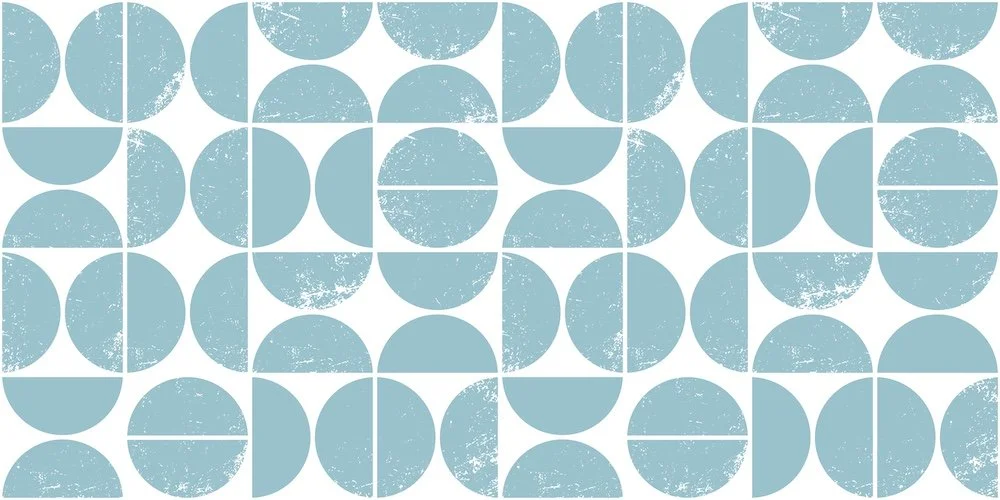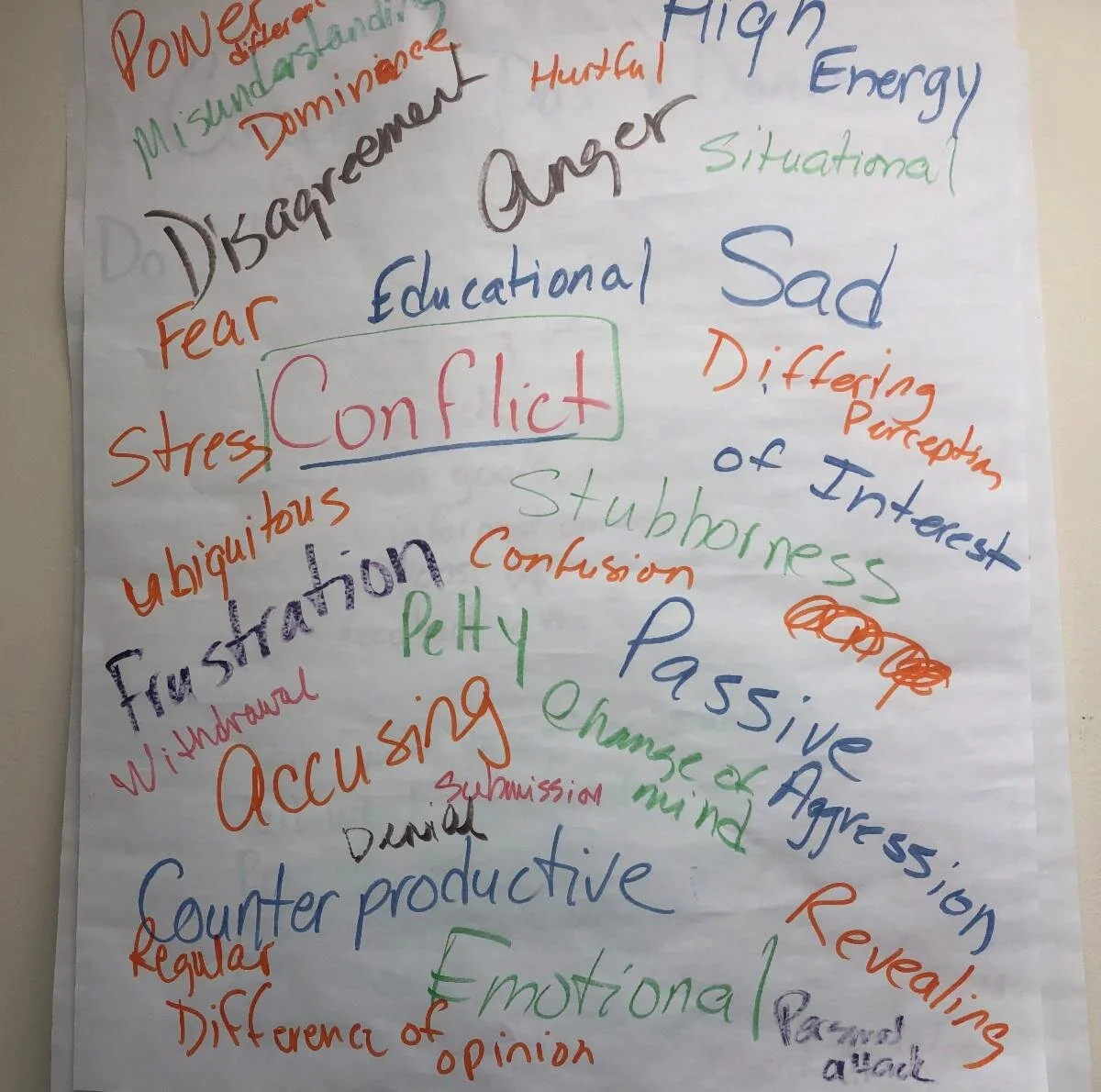WHILE WE ARE KEEPING SOCIAL DISTANCE AND HAVE A LOT OF TIME ON OUR HANDS, LET’S DO SOME CONFLICT RESOLUTION…
WEDNESDAY SKILL: LEARN TO USE NEUTRAL LANGUAGE
Language Matters:
Turn accusations into questions
Paulo Freire, Brazilian educational theorist, famously said "language is not neutral." Linguists agree with this, all language and vocabulary have some intention, shade of meaning, implication, cultural effect. So then should we give up on improving our language use? No way.
Turn accusations into questions
Even without much change in vocabulary, a really great way to create a better foundation for positive conflict resolution, is to reorient accusations. Turn accusations, even if you are pretty certain that the conclusion is correct, into an open and sincere question.
Here's some examples of accusations:
You took the car even though you knew I needed it!
I know you tried to undermine me and set me up with the boss!
You always expect me to pay and you know I can't afford it!
I know you are trying to steal my boyfriend, I saw how you looked at him!
Sound familiar?
How do you reorient an accusation?
Step One. Start with the beginning of the sentence. Look above at the list, they all begin with "You," "You always" or "I know." What happens to a person when they hear a statement that starts that way? We are generally on guard. Right from the beginning it seems to be setting up the weaponry to lob a missile--the other person gets ready to fight, defend or take cover. Not such a great way to begin to communicate, right?
Instead start with a few open-ended question stems:
I wonder...
I've been thinking about...
I've got a question...
Would you help me to understand...
These beginnings and many others, provide an invitation to the other person to communicate and participate.
Step Two--Tone and attitude
Next, let's remove the exclamation point, which requires a lowered tone. If you are initiating the conversation, the necessity is for calmness and openness and not rushing forward headlong. And to put your assumptions aside and be open to the possibility that what you are concluding might be faulty.
To lower your tone, you need to ask yourself, 'Am I trying to hurt the other person or am I trying to solve the problem?' If you honestly want to hurt the other person, take a break, re-evaluate, focus on why you want to ultimately preserve the connection. Then, when you are calm, try the next step.
Step three-- Revise
The third step is to reorient the accusation and turn it into a question. The statements above then become:
I wonder if you took the car even though you knew I needed it? or I wonder why you took the car? Did you know that I needed it?
I've been thinking about this...I know you tried it seemed like you were trying to undermine me. Did you try to set me up with the boss? or Did you think about how this would affect me with the boss?
Would you help me to understand...You always it seems to me that you expect me to pay and you know I can't afford it? or Did you know that I can't afford it?
I know you are trying to steal my boyfriend, I've got a question..I saw how you looked at him .... I'm wondering...what did that mean?
Remove You, You always and I know
Unless someone says "You are the most amazing person" (Say this more!) or "I know where some great dessert is" (Yum) or "You always have the best ideas (Thanks); work to remove these starts to any communication. They don't work.
It is so difficult to change habits, don't be hard on yourself. Setting up the intention to try a new way of talking is the first step--and every journey starts right there.
Do this:
Think about how you start a difficult conversation. Are you setting up a war or conversation? Consider how you start things off. Put some effort into working to set up an invitation with your words and remove accusations.
Search for accusations in your daily life. Try to see if you can use the tools above to transform them.
Or read a related article on communication Intimate relationships or Workplace relationships.
There are a lot of further topics within this discussion. Look for future articles on Judgement, Blame/Shame, Pride, Defensiveness, Assumptions, Loaded questions and Better questioning among others. Do you have a topic, let us know.
Good luck with your journey.












